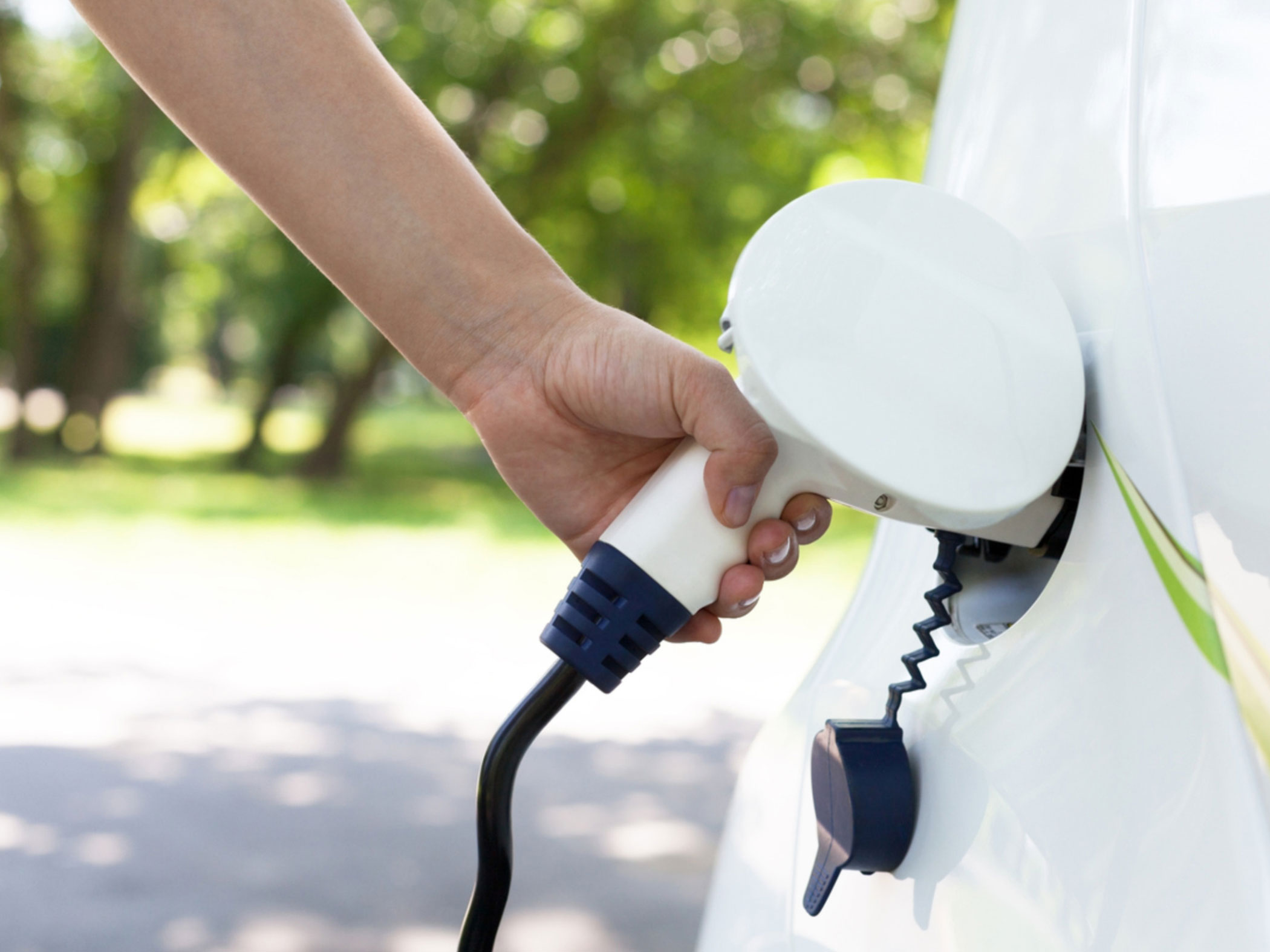Electric Vehicles Take Charge
An electric vehicle (EV) can put you in the driver's seat for higher fuel efficiency, superior performance and energy independence.

EVs may still represent a road less traveled in the overall vehicle market, but the number of buyers making the connection is growing. U.S. consumers purchased more than 320,000 EVs in 2019 according to market research firm McKinsey and Company.
Why are electric vehicles making such inroads? They offer a number of advantages over conventional vehicles:
Lower operating costs
EVs are less expensive per mile than gasoline vehicles. According to a study by the University of Michigan's Transportation Research Institute, the average cost to operate an EV is $485 per year, compared to $1,117 for a gasoline-powered vehicle. Also, electricity rates are consistent over time. No more worries about jumps in gasoline prices. Just think, no more oil changes, either.
Fuel efficiency
EVs are much more efficient at turning fuel into movement. An analysis by Sherpa Designs found that EVs convert about 67% of electrical power to the wheels, while conventional vehicles convert only about 15% of the fuel stored in gasoline.
Improved performance
Electric motors provide quiet, smooth operation and stronger acceleration and require less maintenance than internal combustion engines. With regenerative braking, stopping your car actually generates fuel.
Increased range and faster recharge
Most new electric cars can travel at least 100 miles on a single charge, and some can drive more than 200 miles. Different types of charging stations are available. Level 1 chargers use standard 120-volt power and typically come with the vehicle. Level ll charges use 240-volt power and can be installed in homes and businesses. DC fast chargers are very expensive and are typically limited to commercial installations. Charging time can range from less than 30 minutes to 20 hours or more, depending on the charger used, vehicle model and other factors.
Reduced emissions
Although EVs have no tailpipe emissions, there are emissions from generating electric power. Still, EVs reduce total emissions by 34% compared to internal combustion engines, according to an analysis by the Union of Concerned Scientists.
EVs do have some downsides. They typically cost more than conventional vehicles; however, financial incentives and federal tax credits are available to help smooth the way. Also, the number of charging stations, while expanding rapidly, is still limited compared to the number of gas stations for conventional vehicles.
See www.fueleconomy.gov for more information about EVs and to compare different models.